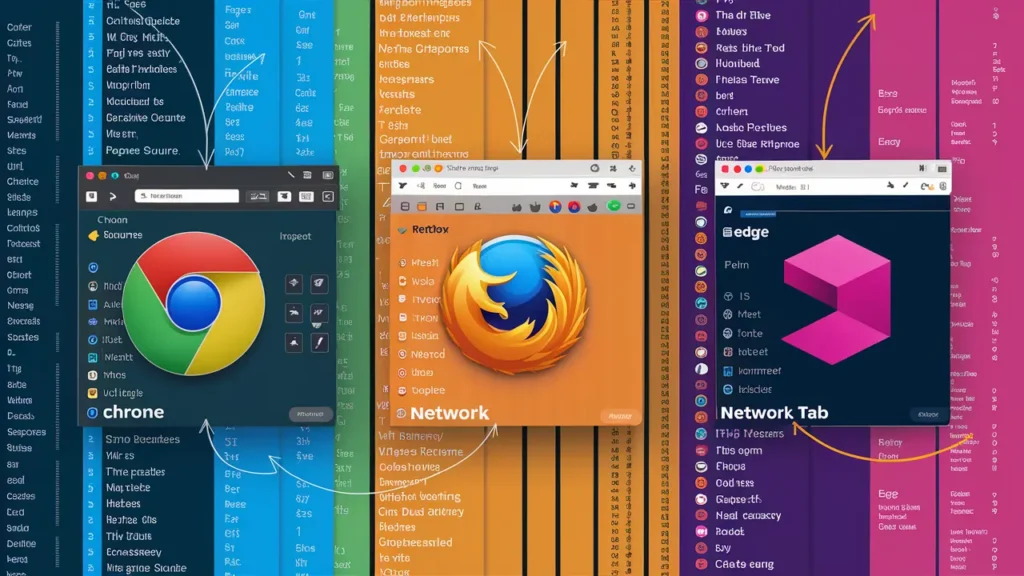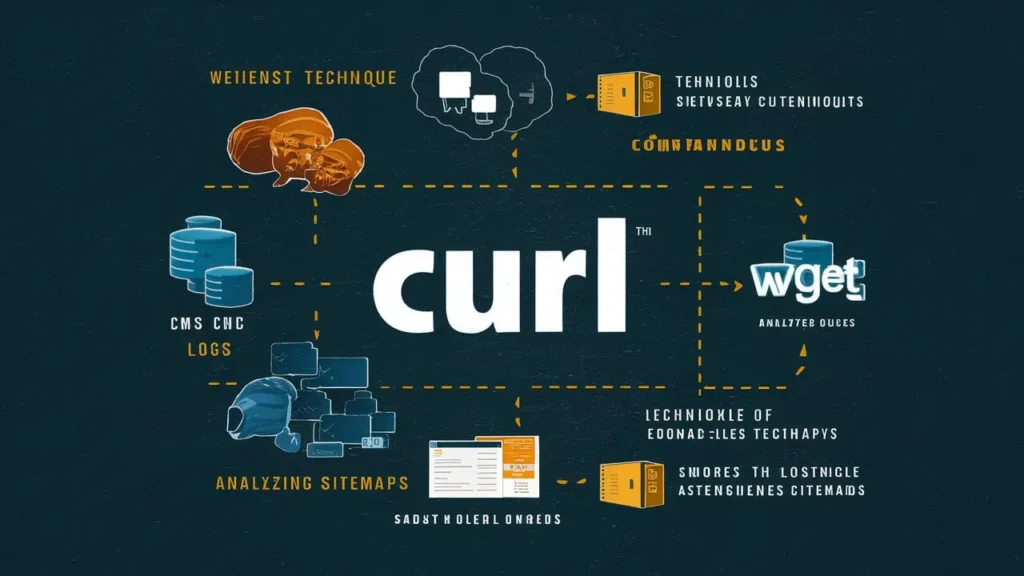How to Check When a Website Was Last Updated: A Complete Guide

In today’s digital age, knowing when a website was last updated can be crucial for various reasons, from verifying the relevance of information to ensuring the security of the content. Whether you’re a researcher, a marketer, or a cybersecurity expert, understanding the tools and methods available for checking website updates is essential. This comprehensive guide will walk you through various techniques, tools, and best practices to accurately determine when a website was last updated.
Why Knowing the Last Update Date Matters
Before diving into the methods of checking a website’s last update, it’s important to understand why this information is significant:
- Content Relevance: Ensuring that the content you’re referencing is up-to-date is crucial, especially in fast-evolving fields like technology, healthcare, and finance.
- SEO Benefits: Search engines prioritize updated content. Knowing the last update can help you gauge the SEO strength of a site.
- Cybersecurity: Websites that are frequently updated are generally more secure. Stale content might indicate vulnerabilities.
- Trustworthiness: Regular updates build trust with visitors. Outdated information can lead to misinformation and erode trust.
Method 1: Using Browser Tools
One of the simplest ways to check when a website was last updated is by using your web browser. Here’s how you can do it:
1.1 View Page Source

Most browsers allow you to view the HTML source code of a webpage. By doing so, you can search for the last modified date in the meta tags.
- Step 1: Right-click anywhere on the webpage and select “View Page Source” or “Inspect.”
- Step 2: Use
Ctrl + F(orCmd + Fon Mac) to search for keywords like “last modified” or “updated.” - Step 3: Look for meta tags such as
<meta name="last-modified" content="date">or comments within the HTML that may indicate the last update.
Note: Not all websites include this information in their HTML, but it’s a quick and easy first step.
1.2 Check the HTTP Headers
HTTP headers contain various pieces of information about a web page, including its last modified date.
- Step 1: Open the developer tools in your browser (usually accessible by pressing
F12). - Step 2: Navigate to the “Network” tab and reload the page.
- Step 3: Click on the website’s main request (usually the first one in the list) and check the “Headers” section.
- Step 4: Look for a header named
Last-Modified. This will tell you the last date and time the server claims the content was modified.
Method 2: Using Online Tools
Several online tools can help you determine when a website was last updated. These tools range from basic to advanced, offering varying levels of detail.
2.1 Wayback Machine

The Wayback Machine is a digital archive of the web, providing snapshots of websites at different points in time.
- Step 1: Visit the Wayback Machine.
- Step 2: Enter the URL of the website you’re interested in and press enter.
- Step 3: Browse through the available snapshots to see when the content was last changed.
Pro Tip: The Wayback Machine also provides a “Changes” feature that highlights when major updates were made to a page.
2.2 Google Cache
Google Cache is a snapshot of a website taken by Google during its last crawl. This can give you an idea of when Google last indexed the site.
- Step 1: Type “cache.com” in the Google search bar.
- Step 2: Google will display the cached version of the website along with the date it was last captured.
2.3 SEO Tools
SEO tools like Ahrefs, SEMrush, and Moz can also provide insights into when a webpage was last updated. These tools offer a broader range of data, including traffic trends, backlinks, and content changes.
- Step 1: Sign up for one of these SEO tools.
- Step 2: Enter the website URL and navigate to the “Site Explorer” or equivalent tool.
- Step 3: Look for the “Content Changes” or similar section to find information about recent updates.
Note: These tools often require a subscription, but they offer detailed insights that go beyond just the last update date.
Method 3: Checking Content Freshness Directly
Sometimes, the content itself can give clues about the last update. Here’s how you can find these clues:
3.1 Check for Published and Updated Dates

Some websites explicitly display the publication and last updated dates on their articles or pages.
- Step 1: Scroll to the top or bottom of the page, where the date is typically displayed.
- Step 2: Look for phrases like “Last updated on [date]” or “Published on [date].”
Tip: Blogs, news sites, and academic publications often include this information.
3.2 Review the Content
Review the content for time-sensitive information. Look for references to dates, events, or trends that can give you an idea of when the content was last updated.
- Example: If an article mentions a recent event or a “latest trend,” it’s likely the content has been updated to include this information.
Method 4: Using Search Engine Tricks
Search engines themselves offer ways to discover when a page was last updated.
4.1 Google Search Operators
Google search operators can be powerful tools in finding the most recent version of a webpage.
- Step 1: Use the “inurl:” operator followed by the website URL in the Google search bar.
- Step 2: After the search results appear, click on “Tools” under the search bar.
- Step 3: Select “Any time” and choose a custom date range. Google will then display pages that were updated within that period.
Tip: Combine this with the “site:” operator to limit your search to a specific domain.
4.2 Bing’s Date Filter
Bing offers a similar feature to Google’s, where you can filter results based on when they were last updated.
- Step 1: Enter the URL in the Bing search bar.
- Step 2: After the results load, click on “Date” and choose a time frame.
- Step 3: Bing will filter the results to show only those that were updated in your chosen period.
Method 5: Advanced Techniques for Webmasters and Developers
For those with more technical skills, there are advanced methods to determine when a website was last updated.
5.1 Using Command-Line Tools
Command-line tools like cURL and wget can be used to fetch HTTP headers directly from a server.
- Step 1: Open your command-line interface.
- Step 2: Use the command
curl -I http://example.comorwget --server-response --spider http://example.com. - Step 3: Look for the
Last-Modifiedheader in the output.
5.2 Content Management Systems (CMS) Logs

If you have access to the backend of a website, CMS logs can provide detailed information on when content was last edited.
- Step 1: Log in to your CMS (e.g., WordPress, Joomla).
- Step 2: Navigate to the “Revisions” or “History” section.
- Step 3: Review the logs to find the exact date and time of the last update.
5.3 Analyzing Sitemaps
Sitemaps can provide insights into when individual pages were last modified.
- Step 1: Locate the sitemap of the website, usually found at
http://example.com/sitemap.xml. - Step 2: Open the sitemap in a text editor or a browser.
- Step 3: Look for the
<lastmod>tag, which indicates the last modification date for each URL listed in the sitemap.
Method 6: Third-Party Services
Several third-party services specialize in monitoring websites for changes. These tools can notify you of updates and even provide detailed change logs.
6.1 VisualPing
VisualPing is a website monitoring tool that tracks visual changes on a webpage.
- Step 1: Sign up for VisualPing and enter the URL of the website you want to monitor.
- Step 2: Set the frequency of checks (daily, weekly, etc.).
- Step 3: VisualPing will notify you whenever a change is detected, along with a screenshot of the updated content.
6.2 Distill.io
Distill.io is another monitoring tool that tracks changes in website content.
- Step 1: Add Distill.io to your browser as an extension.
- Step 2: Set up a monitor for the webpage you’re interested in.
- Step 3: Distill.io will alert you via email or SMS when the content changes.
6.3 ChangeTower
ChangeTower offers advanced monitoring features, including keyword tracking and content archiving.
- Step 1: Sign up for ChangeTower and add the URL you want to monitor.
- Step 2: Set your monitoring preferences, including which keywords or phrases to track.
- Step 3: Receive notifications whenever the content is updated, along with a detailed log of the changes.
Best Practices for Monitoring Website Updates
While knowing how to check when a website was last updated is valuable, setting up regular monitoring can be even more effective. Here are some best practices:
- Automate Monitoring: Use tools like VisualPing or ChangeTower to automate the process of checking for updates.
- Set Alerts: Configure email or SMS alerts to stay informed of any changes.
- Regular Checks: For high-priority websites, consider setting up daily or weekly checks to ensure you’re always up-to-date.
- Cross-Verify: Use multiple methods or tools to verify the last update date, especially for critical information.
Conclusion
Determining when a website was last updated is a multi-faceted task that requires a combination of tools, techniques, and best practices. By following the methods outlined in this guide, you can confidently identify the most recent updates on any website, ensuring that the information you rely on is both accurate and current. Whether you’re checking for content relevance, SEO purposes, or cybersecurity, these strategies will help you stay ahead of the curve.
I have read some good stuff here. Certainly value bookmarking for revisiting.
I surprise how a lot attempt you place to create one of these wonderful informative web site.
Your method of explaining everything in this piece of
writing is in fact nice, every one be able to easily understand it,
Thanks a lot.
What’s up mates, its great article regarding tutoringand completely explained, keep it up all the time.